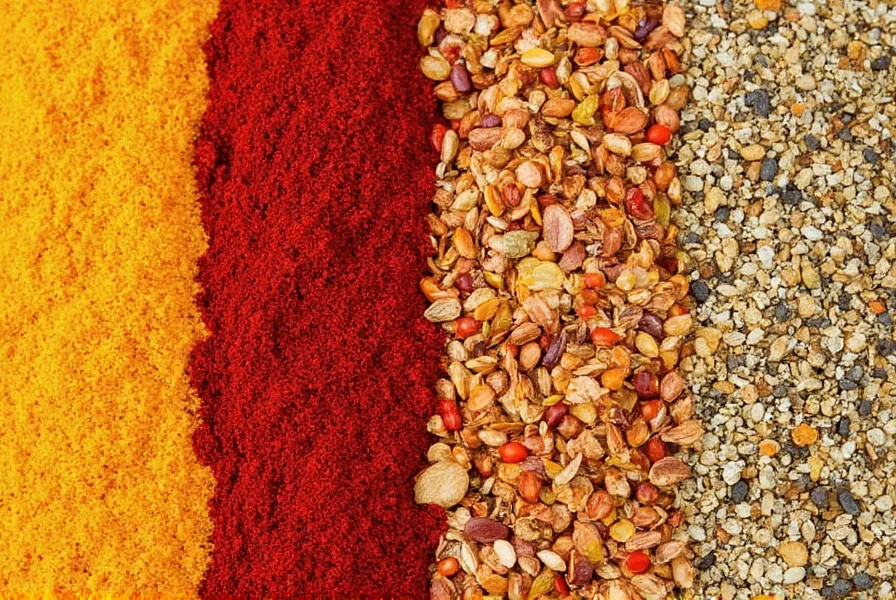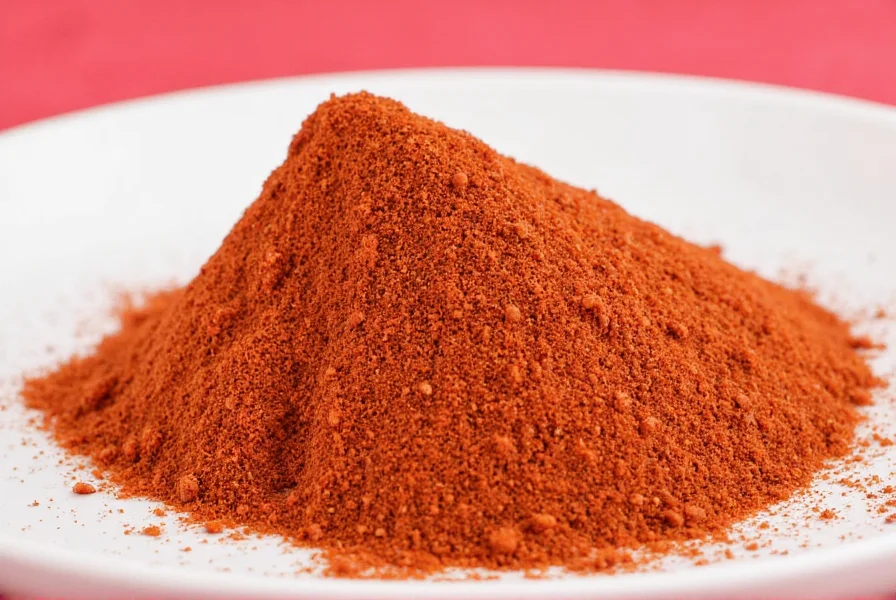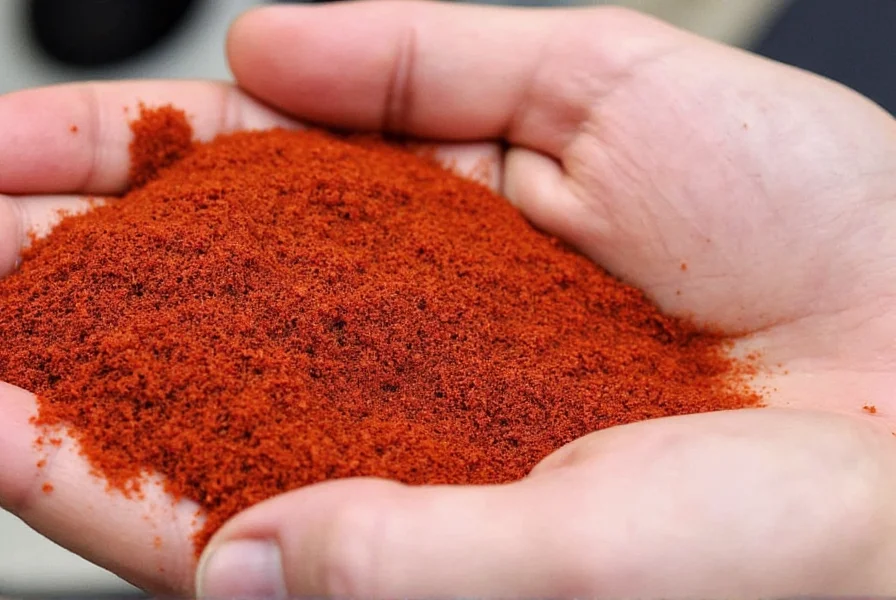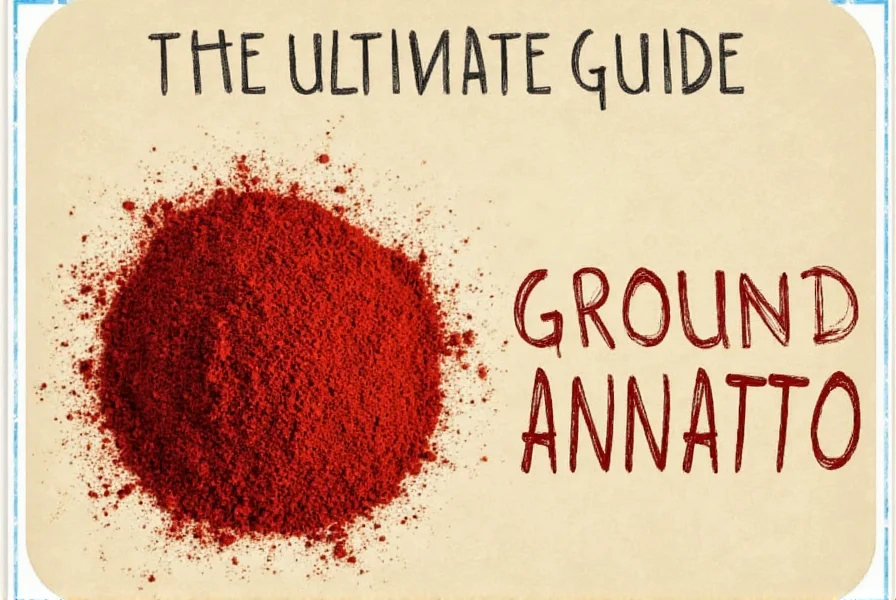Table of Contents
Introduction to Ground Annatto
Ground annatto is a versatile spice used worldwide to add vibrant color and subtle flavor to dishes. Whether you're making Mexican mole, Caribbean rice, or homemade cheese, this natural ingredient delivers both visual appeal and authentic taste. In this comprehensive guide, you'll learn exactly how to use ground annatto in recipes, its health benefits, and where to buy the best quality product.

What Is Ground Annatto?
Ground annatto is made from the seeds of the Bixa orellana plant (lipstick tree), dried and ground into a fine powder. Indigenous to Central and South America, it's been used for centuries as both a natural food coloring and flavor enhancer. Unlike artificial dyes, annatto provides a safe, non-toxic alternative that imparts a warm orange-red hue without overpowering flavors.
Key facts:
- Primary use: Natural food coloring agent (E160b in EU)
- Flavor profile: Nutty, slightly sweet, mildly peppery with earthy undertones
- Common names: Achiote (Latin America), bija (Brazil), atsuete (Philippines)

Flavor Profile and Culinary Uses
Ground annatto has a unique flavor that complements rather than dominates dishes. Its subtle warmth pairs exceptionally well with:
- Tomatoes, citrus, and garlic
- Chili peppers and cumin
- Coconut milk and tropical fruits
Traditional applications across cuisines:
| Cuisine | Common Uses |
|---|---|
| Mexican | Mole sauces, arroz con pollo, chiles rellenos, achiote paste for marinades |
| Caribbean | Seasoning for rice dishes, grilled fish, stews, and jerk chicken |
| South American | Coloring cheese (queso fresco), butter, and traditional dishes like pabellón |
| Philippine | Adobo sauce, paksiw, and as a natural dye for rice |
Ground Annatto Recipes
1. Traditional Annatto Rice (Arroz con Achiote)
Ingredients:
- 1 cup long-grain white rice
- 1.5 cups chicken broth
- 1 tsp ground annatto
- 1 tbsp vegetable oil
- 1 small onion, finely chopped
- 2 garlic cloves, minced
- Pinch of salt
Instructions:
- Heat oil in a saucepan over medium heat. Add onion and garlic, sauté until translucent.
- Add ground annatto and toast for 30 seconds until fragrant.
- Stir in rice to coat evenly, then add broth and salt.
- Bring to boil, reduce heat to low, cover, and simmer for 18-20 minutes.
- Let rest 5 minutes before fluffing with a fork.
Pro tip: For extra flavor, add a bay leaf and pinch of cumin to the broth.
2. Achiote-Marinated Chicken
Ingredients:
- 4 bone-in chicken thighs
- 3 tbsp ground annatto
- 2 tbsp lime juice
- 1 tbsp olive oil
- 1 tsp cumin
- 1 tsp oregano
- 2 garlic cloves, minced
- Salt and pepper to taste
Instructions:
- Combine all ingredients except chicken in a bowl to make marinade.
- Coat chicken thoroughly and refrigerate for at least 4 hours (overnight preferred).
- Grill or bake at 375°F (190°C) for 25-30 minutes until internal temperature reaches 165°F (74°C).

Cooking Tips with Ground Annatto
Maximize flavor and color with these professional techniques:
- Toast first: Heat 1 tsp annatto in dry pan for 30 seconds to release oils before adding to dishes
- Oil infusion: Mix with warm oil to create annatto oil for even color distribution
- Start small: Use 1/4 tsp per serving and adjust - too much can make dishes bitter
- Combine with acid: Lemon juice or vinegar enhances color intensity
Buying Guide for Ground Annatto
| Characteristic | What to Look For | Avoid |
|---|---|---|
| Color | Bright orange-red (not dull brown) | Grayish or faded powder |
| Texture | Finely ground (no visible seed particles) | Coarse or gritty consistency |
| Storage | Opaque container (protects from light) | Clear glass jars |
| Where to Buy | Mexican grocery stores, Penzeys Spices, Amazon (brands like Goya, Badia) | Unknown online sellers with no reviews |
Health Benefits of Ground Annatto
Research shows ground annatto contains natural antioxidants with potential health benefits:
- Bixin: The primary carotenoid in annatto has been studied for anti-inflammatory properties (Journal of Agricultural and Food Chemistry, 2017)
- Non-toxic: Safer alternative to artificial dyes like Red 40
- Vitamin E: Contains natural tocotrienols that support skin health
Important note: While generally safe, consume in moderation as with any spice. Consult your doctor before using for medicinal purposes.
Frequently Asked Questions
What is ground annatto used for?
Ground annatto is primarily used as a natural food coloring agent in cheeses, rice dishes, and sauces. It also adds subtle nutty flavor to marinades, stews, and traditional dishes like Mexican mole and Caribbean rice. Unlike artificial dyes, it provides vibrant color without strong flavor interference.
Is ground annatto the same as achiote?
Yes, "achiote" is the Spanish term for annatto seeds and powder. The name varies by region: "atase" in Nigeria, "bijar" in Indonesia, and "annatto" in English-speaking countries. All refer to the same spice from Bixa orellana seeds.
What can I use instead of ground annatto?
For color: Turmeric (for yellow) or paprika (for red). For flavor: A pinch of cumin or nutmeg. However, nothing replicates annatto's unique combination of color and subtle flavor. For authentic Latin American dishes, substitute with annatto paste (made from seeds soaked in oil).
Why does my food turn orange with annatto?
Annatto contains bixin, a natural carotenoid that produces orange-red hues. The intensity depends on quantity: 1/4 tsp creates golden rice, while 1 tsp gives vibrant red sauces. To control color, always start with small amounts and test before adding more.
How long does ground annatto last?
Properly stored in an airtight container away from light, ground annatto maintains quality for 12-18 months. For maximum freshness, buy small quantities and store in refrigerator. Discard if color fades significantly or develops musty odor.
Conclusion
Ground annatto is a versatile, natural ingredient that adds both visual appeal and authentic flavor to dishes worldwide. From Mexican mole to Caribbean rice, its unique properties make it indispensable in global cuisines. With proper storage and usage techniques, you can consistently achieve vibrant colors and subtle warmth in your cooking. Start with small amounts and experiment - you'll discover how this humble spice can transform everyday meals into extraordinary dishes.












 浙公网安备
33010002000092号
浙公网安备
33010002000092号 浙B2-20120091-4
浙B2-20120091-4